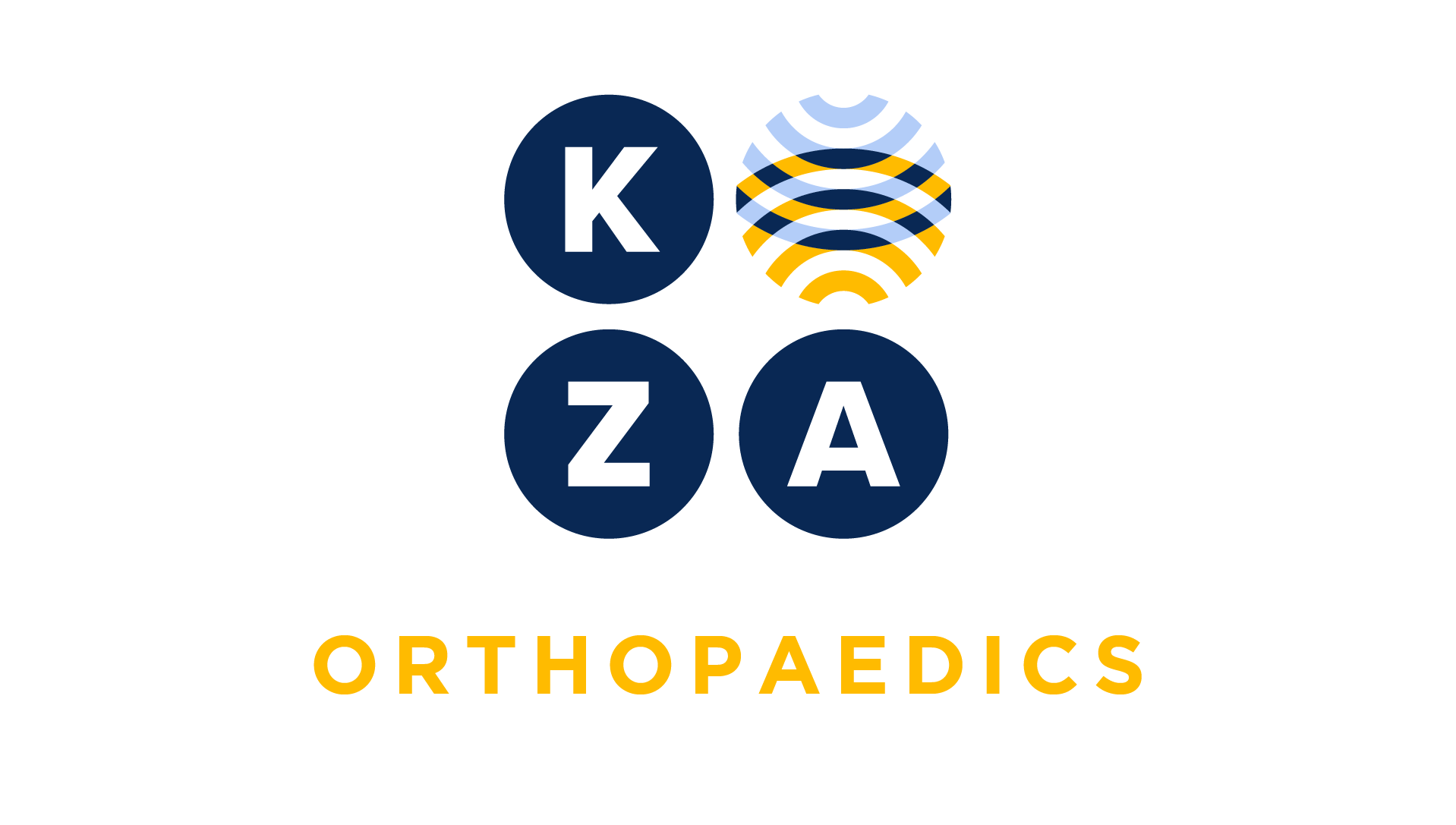
Choose your specialty from the list below to see how our experts have tackled a wide range of client questions.
Looking for something specific? Utilize our search feature by typing in a key word!
Grafts/Implants
I know in years past from attending KZA/ AAOS workshops that the instructors taught that bone grafts (CPT code 20900 and 20902) were only reportable if the graft was harvested via a separate incision. Our surgeon recently did an arthroplasty procedure and harvested local bone to fill in bone voids. The surgeon wanted to code separately and I told the surgeon about needing to have made a separate incision. Now, I am questioning myself and wondering if this is still correct?
Question:
I know in years past from attending KZA/ AAOS workshops that the instructors taught that bone grafts (CPT code 20900 and 20902) were only reportable if the graft was harvested via a separate incision. Our surgeon recently did an arthroplasty procedure and harvested local bone to fill in bone voids. The surgeon wanted to code separately and I told the surgeon about needing to have made a separate incision. Now, I am questioning myself and wondering if this is still correct?
Answer:
Yes, you are correct. CPT continues to provide guidelines for Grafts/Implants that may be found in the 2022 CPT Manual Professional Edition on page 147.
The instructions address reporting services when obtaining autogenous bone, cartilage, fascia lata, bone marrow or other tissues. The instructions state a separate CPT code should be reported when the graft/implant is harvested via separate skin/fascial incisions. An exception applies when the CPT code descriptor references the harvest of a graft as included in the code.
This section of CPT applies to CPT codes 20900, 20902, 20910, 20912, 20920, 20922, and 20924.
CPT codes 20900 and 20902 are described as:
20900: Bone graft, any donor area; minor or small (eg, dowel or button)
20902: Bone graft, any donor area; major or large
An exception applies when the CPT code descriptor references the harvest of a graft as included in the code.
Two examples of CPT codes where the descriptor states “includes obtaining graft” follow:
25274: Repair, tendon or muscle, extensor, forearm and/or wrist; secondary, with free graft (includes obtaining graft), each tendon or muscle
25431: Repair of nonunion of carpal bone (excluding carpal scaphoid (navicular)) (includes obtaining graft and necessary fixation), each bone
The harvest of the graft (tendon (20924) or bone (20900, 20902)) is inclusive regardless of whether obtained via the same or separate incision. A tendon graft or bone graft code is not separately reportable with these two primary codes.
Different rules apply to the other CPT codes 20930-20939, 20932-20934 that are also found in this section of CPT.
Tendon Repair
I am new to orthopaedic hand coding. I have a case where the surgeon repaired two flexor tendons in the finger. I am being told that I may only report one CPT code because they were both repaired via the same incision. Is this correct? The surgeon, who is new, disagrees and says both repairs are reportable.
Question:
I am new to orthopaedic hand coding. I have a case where the surgeon repaired two flexor tendons in the finger. I am being told that I may only report one CPT code because they were both repaired via the same incision. Is this correct? The surgeon, who is new, disagrees and says both repairs are reportable.
Answer:
The surgeon is correct and kudos to you for reaching out to verify what you were told.
It will be important to know if the repairs were “in zone 2” or “not in zone 2”..
To illustrate why the information you were given was incorrect, let’s look at the description of CPT code 26356 as an example.
Note in the description there are several important pieces of information:
Repair or advancement, flexor tendon, in zone 2 digital flexor tendon sheath (eg, no man’s land); primary, without free graft, each tendon
1. This code is used for the repair or advancement of a flexor tendon
2. The tendon is in zone 2
3. The last part of the code descriptor states “each tendon”
Some payors may allow you to report two, or multiple tendon repairs of the same type using units, while others may require the use of distinct services modifier 59 to indicate that the second (or subsequent) code represents repair of a different tendon. CMS does not allow modifier 59 on a duplicate CPT code.
Option 1: 26356 x 2
Option 2: 26356, 26356-59
When tendons are repaired in the fingers, you could also use finger modifiers FA-F9 to designate the specific finger location.
Good luck and please let us know if the KZA Orthopaedic Consulting team may be of assistance with future coding questions. You may contact Milka Djukic at
mdjukic@karenzupko.comfor information related to hourly consulting services to assist with operative note reviews, coding or practice management questions.
Prolotherapy
Our sports medicine physician is planning to perform a Prolotherapy procedure on a patient who has tendinitis. The physician would like to know what CPT code to report.
Question:
Our sports medicine physician is planning to perform a Prolotherapy procedure on a patient who has tendinitis. The physician would like to know what CPT code to report.
Answer:
There is no Category I or Category III CPT code for Prolotherapy; however there is a HCPCS code M0076. Medicare does not recognize HCPCS codes in the “M” range; other payors may or may not recognize these codes.
Many payors consider this procedure investigational and may not cover the service.
KZA recommends reporting an unlisted code if you submit this to the payor and M0076 is not recognized by the payor. If this is not submitted to the payor, M0076 may be entered internally for tracking purposes.
A possible comparison code for this procedure is 20550 (Injection(s); single tendon sheath, or ligament, aponeurosis (eg, plantar “fascia”)).
Interposition Arthroplasty CMC Joint Denial
Our surgeon documented an interposition arthroplasty and removal of both the trapezoid and trapezium bones. I reported CPT code 25447 for the arthroplasty and 25210-59 for the removal of the trapezoid (in this case the second bone). I know CPT code 25447 includes the removal of one bone but not both. I coded this according to CPT rules as the patient is not Medicare.
Question:
Our surgeon documented an interposition arthroplasty and removal of both the trapezoid and trapezium bones. I reported CPT code 25447 for the arthroplasty and 25210-59 for the removal of the trapezoid (in this case the second bone). I know CPT code 25447 includes the removal of one bone but not both. I coded this according to CPT rules as the patient is not Medicare.
Answer:
Thank you for your inquiry. Without seeing the operative note the coding is correct as shared.
KZA recommends you appeal using the AAOS Global Service Data Guide summary for CPT code 25447. It specifically states that the removal of either the trapezium or trapezoid is included in CPT code 25447. The key is the term “or”. Bone bones are not typically removed, and removal of the second bone requires additional work for the surgeon.
The use of modifier 59 is correct based on CPT rules of “different structure.”
Billing Additional Pre-op Visit
Our surgeon placed a patient on the OR schedule as an inpatient case. The surgery was elective and not an emergency case. The patient’s case was canceled because our hospital limited inpatient elective OR cases due to the spike in COVID 19 cases in our area.
Question:
Our surgeon placed a patient on the OR schedule as an inpatient case. The surgery was elective and not an emergency case. The patient’s case was canceled because our hospital limited inpatient elective OR cases due to the spike in COVID 19 cases in our area.
The patient is now being rescheduled. The surgeon will bring the patient back to evaluate the patient, verify that the patient is still a surgical candidate and order all labs, including the hospital required COVID testing. Is this second encounter reportable even though it’s another pre-op visit?
Answer:
Yes, this would not be considered a ‘second’ pre-op visit as the prior planned surgery was canceled.
Coding a Discectomy with a Posterior Lumbar Interbody Fusion
Can we code a laminectomy for disc herniation, such as 63030 or 63042, with a TLIF/PLIF code (22630, 22633)?
Question:
Can we code a laminectomy for disc herniation, such as 63030 or 63042, with a TLIF/PLIF code (22630, 22633)?
Answer:
Good question! There was an update in CPT 2022 to this very complicated and lengthy issue. No – a discectomy may not be separately reported (e.g., 63030, 63042, 63056) since it is required for the posterior lumbar interbody fusion. However, there are new codes – +63052 and +63053 – that may be separately reported when a unilateral or bilateral laminectomy/facetectomy/foraminotomy for decompression is performed. Learn more from our recent 2022 CPT Update for Spine Surgery webinarhere.

